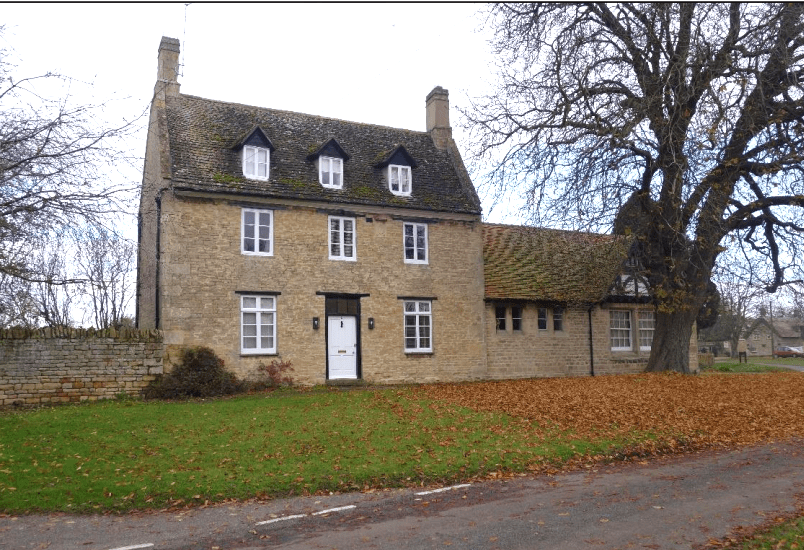A parish council won its battle to stop four ‘executive’ homes being built in their Cambridgeshire village after claiming others who have bought such homes “tend not to integrate into the community”. Sir William Proby, a former chairman of the National Trust, had wanted to build three new homes and create a fourth from a barn conversion at Elton near Peterborough.
Elton parish council opposed the application, Huntingdonshire District Council turned it down and now the Planning Inspectorate has rejected Sir William’s appeal.
The development was proposed to the rear of Chestnuts Farm, River Lane, Elton.
Early critics were Elton parish council who told Huntingdonshire District Council that over the last 20 years, the planning policies in Elton had focussed on ‘infilling’, with some exceptions, most notably Carisfort Court, a sheltered development for older citizens.
“The effect of these policies is that development in the village has been almost exclusively large 4‐6 bedroomed ‘executive houses’ or homes for the more elderly,” the council said.
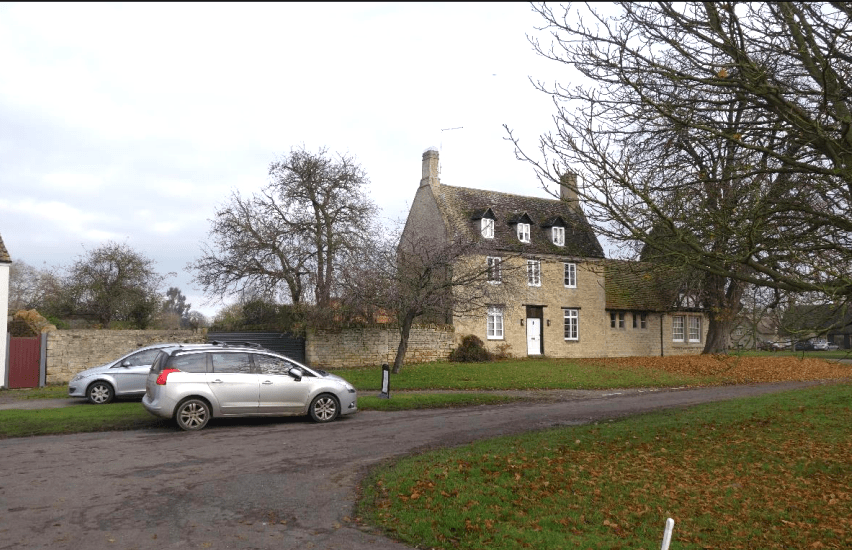
“The occupants of the ‘executive’ homes tend not to integrate into the community.
“Their children go to private schools in Oundle and Uppingham and they tend not to use the local shops, be part of local societies or use local pubs.
“This is well illustrated by the fact that of the 140 children attending the local primary school, only 14 are from Elton parish.”
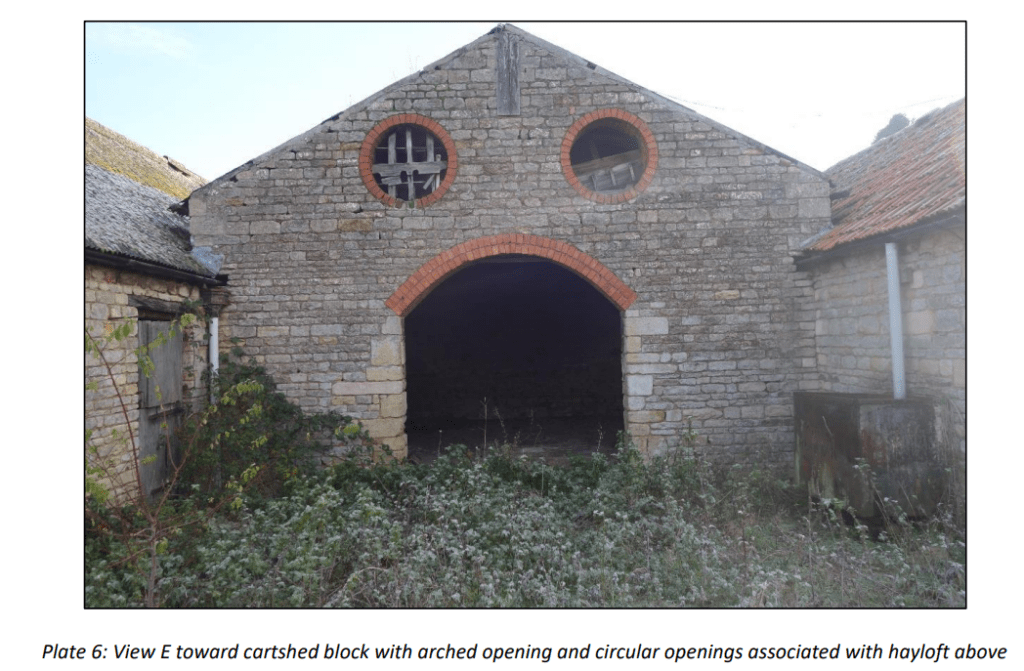
The parish council also pointed out that local community groups had expressed a view that there is a lack of market housing for young families.
“The application gives no commitment to the ‘affordability’ aspects of the development, or shared ownership or other part market housing schemes,” it said.
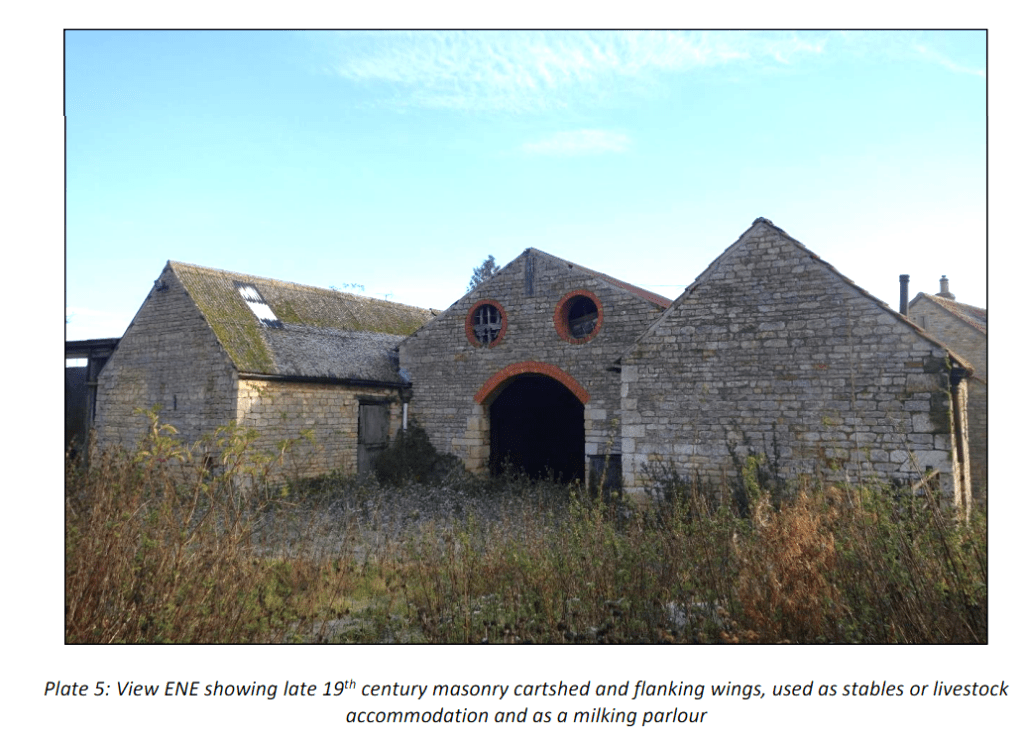
“This is unsurprising since the barn conversion (in reality it is a barn rebuilding project) and the disproportionate amount and specifications of the road with weigh heavily on the development economics.”
Planning inspector G Bayliss, dismissing the appeal, said of three new homes that “as a result of their design, form, scale, and siting, they would look jarringly out of place within the historic farmstead.
“And would harm the contribution that the existing agricultural land makes to the setting of the farmhouse”.
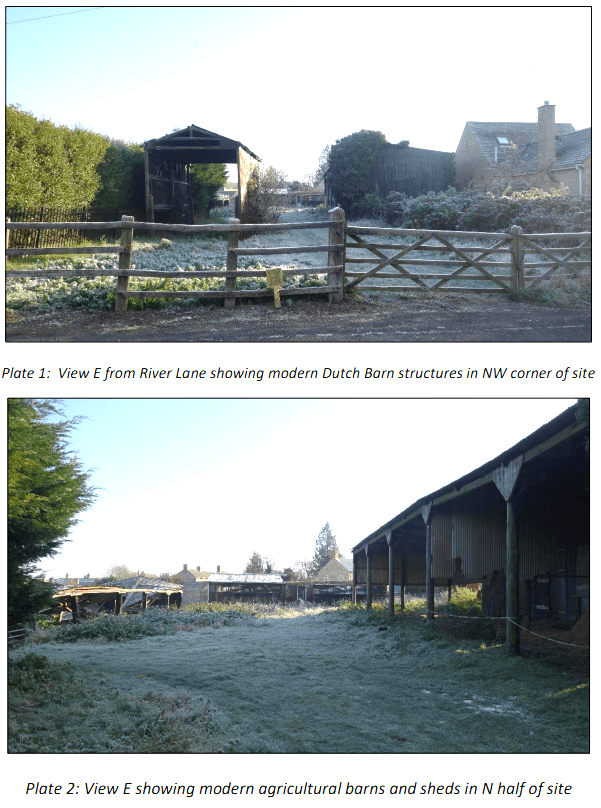
Sir William, who was awarded a CBE in 2009 for services to conservation and heritage, was told by the inspector that the main issue was the effect of the proposed development on the character or appearance of the Elton Conservation Area, and on the significance and setting of Chestnuts Farm, a Grade II listed building.
Mr Bayliss explained that the plot runs from behind Chestnuts Farm in a northerly direction with a limb extending to the west to join River Lane.
He said that Chestnuts Farm and the historic buildings associated with it, makes a positive contribution to the area’s character and appearance.
Chestnuts Farm is an 18th century farmhouse with a 19th century extension.
“The significance of this building, in so much as it relates to the appeal before me, is largely derived from its age, its linear plan form and its historic fabric,” he said.
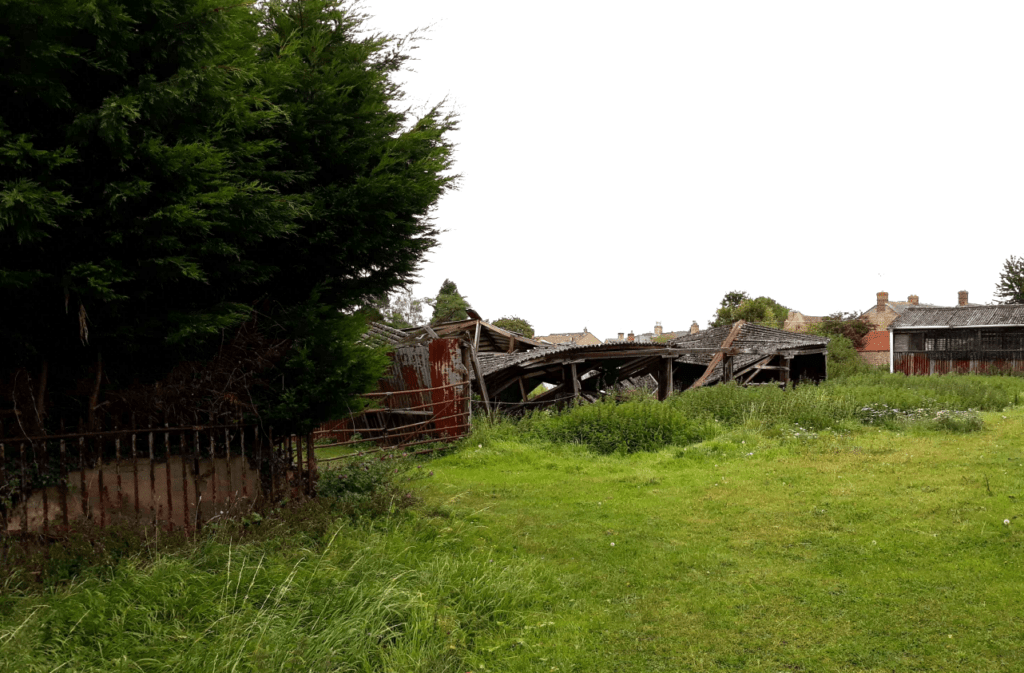
“These attributes, along with its distinctive appearance, mark it as an important survival of an historic farmhouse.
“The status and significance of this building is clearly apparent, and this is reinforced by its context.”
The inspector said: “Whilst I recognise that the design of the proposed new-build dwellings would to some extent be representative of other dwellings in the immediate vicinity, they would be located prominently within the historic farmstead associated with the listed farmhouse.
“Their overtly domestic design, including dormer windows, the symmetrical arrangement of openings, and their form, would be typical of a modern estate-form of housing. This would be a direct contrast to the typically more varied and functional appearance of both vernacular and more modern farm buildings.
“In addition, the height and scale of the proposed dwellings would be considerably greater than the height of the structures that they would replace and would visually compete with both the appearance and scale of the historic barn.
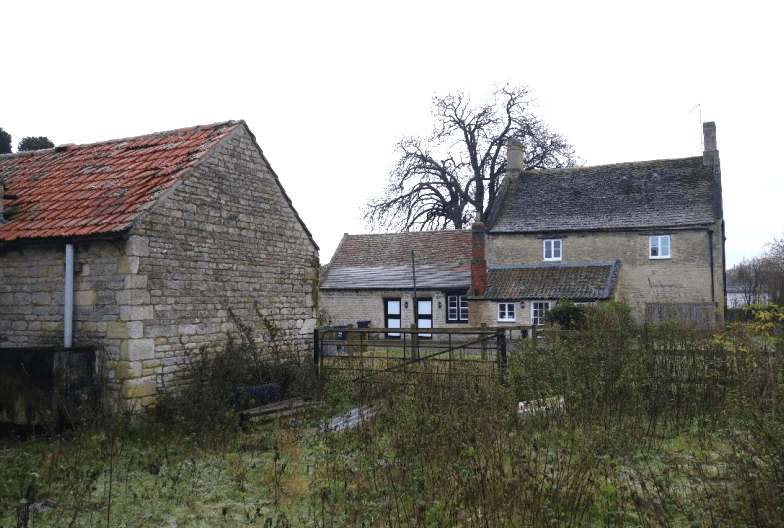
“Furthermore, their siting centrally within the plot, would further heighten their presence, being clearly visible from the approach on River Lane and from the surrounding fields.”
He added that the development would “irreversibly alter the way that the listed building is experienced and appreciated, and its significance would be eroded.
“The proposed development within the historic farmstead would also, therefore, have a direct impact on the character and appearance of the CA.
“The introduction of a modern, estate form of housing into an historic agricultural holding, would therefore change the visual appearance of this part of the settlement edge and confuse the site’s historic identity”.
Whilst accepting there were merits to the barn conversion “I saw evidence of defects in the historic building fabric including significant cracking in some walls.
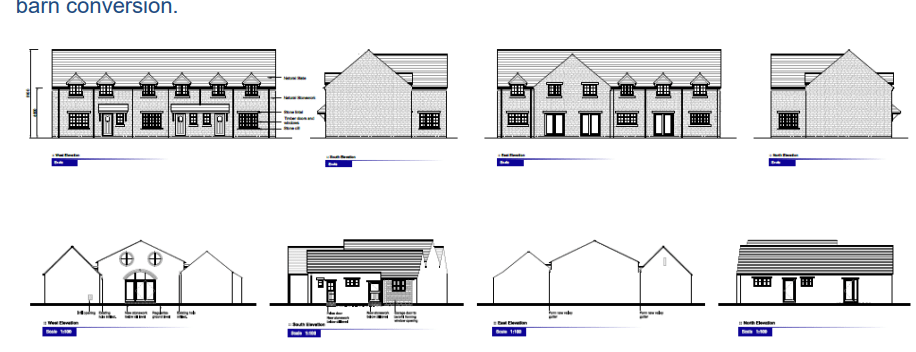
“A condition survey would have demonstrated to me the extent of the repairs required together with a scheme of works for dealing with them.
“The details before me, therefore, don’t elicit the full extent of the repairs required or adequately specify aspects of the conversion which could affect the building’s integrity and significance”.
He concluded that the proposal “would have a harmful impact on the character or appearance of the Elton Conservation Area, and on the significance and setting of Chestnuts Farm”.
Agreeing that four new houses would support the supply of homes, support the village, and make use of an under used site, the inspector said that “these public benefits would be modest in scale.
“In addition, there is no clear and convincing justification for the harm to the significance of the designated heritage assets”.
He also dismissed concerns made by Sir William’s representatives about the time delay by Huntingdonshire District Council in reaching their decision.
“Whilst this must have caused the appellant some frustration, this does not materially affect my consideration of the planning merits of the appeal proposal,” he added.
The district council had refused the application “by virtue of its overall scale, layout and design” being contrary to the development plan and would result in harm to the character and appearance of the surrounding area, the Elton Conservation Area, and the setting of nearby Listed Buildings.
“Given the proposal seeks permission for the creation of four private residential dwellings, any public benefit is considered to be negligible and would not outweigh the harm caused,” the council felt.
“There are no overriding material considerations that indicate that permission should be granted in this instance. Therefore, it is recommended that the application be refused”.


